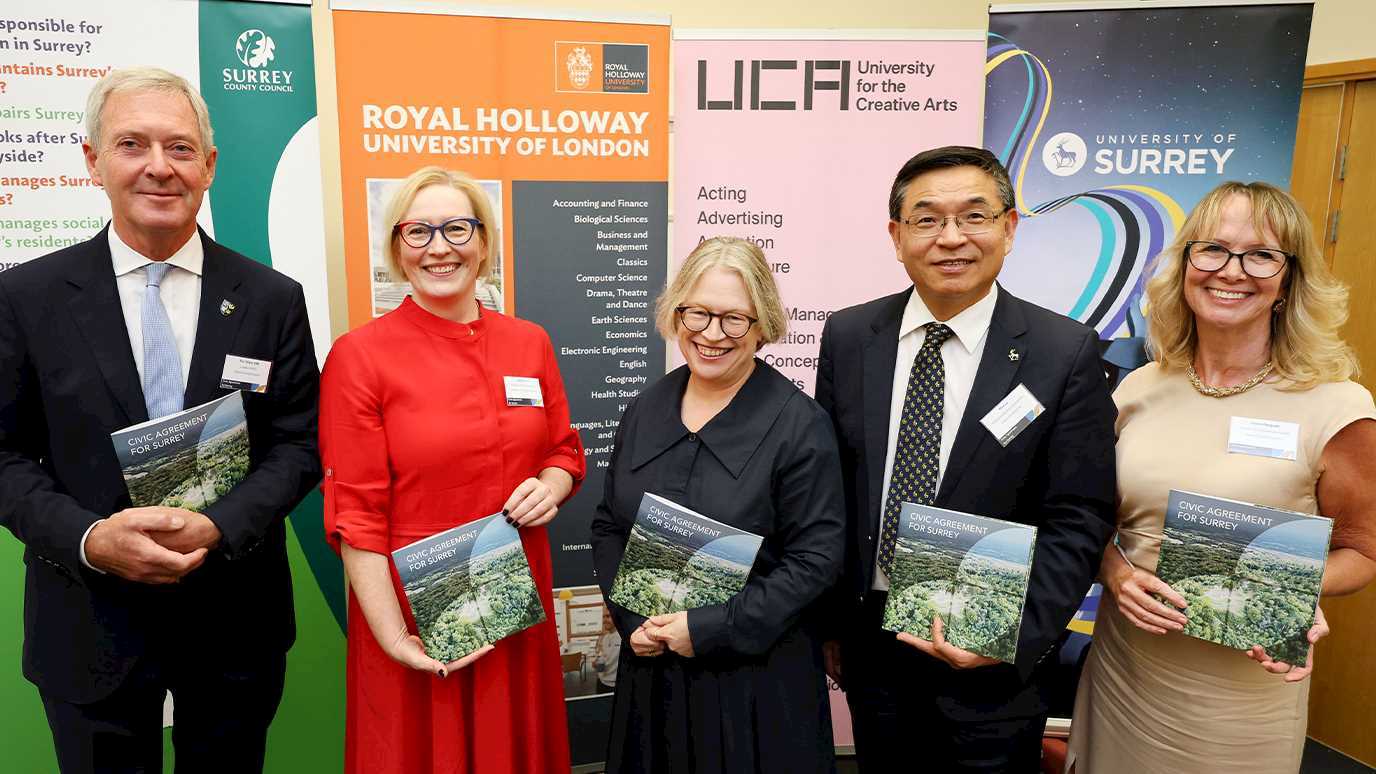A research team led by Euan Nisbet, Professor of Earth Sciences at Royal Holloway, University of London has a lead role in the UK’s world first research programme into negative emissions coordinated by the government-funded National Environment Research Council (NERC).

Removing methane from the atmosphere
Researchers will be working on how to remove methane directly from the atmosphere. They hope to find a way to deal with hard-to-eliminate methane emissions from agricultural or industrial sources, such as livestock or gas pipelines. Speaking about the project In an interview with online science journal, Carbon Brief, Professor Nisbet said,
“Methane is a hot topic at the moment. It’s rising fast and the causes of the rise seem to be meteorological, not directly anthropogenic [caused by humans]. There’s a lot of discussion about why the rise is taking place – more emissions, or changing sinks? – but, either way, this may be a climate change feedback...The progress we may make in cutting CO2 emissions may be negated by the unexpected methane rise.”
International effort
Focus on negative emissions is growing; the Paris agreement, signed by 195 countries, tasks each government with finding their own way to contribute to a world-wide goal of preventing climate change. A growing body of evidence suggests the world will need negative emissions to meet the Paris goals – and the UK will need them to meet its own, legally binding carbon targets.
Earlier this year it was announced that a £8.6m national research programme on how to remove greenhouse gases from the atmosphere would fund seven projects exploring the real-world potential of “negative emissions” technologies. Professor Nisbet and his team will carry out proof-of-concept methane sampling to identify major agricultural and industrial sources; it will also design and test novel biological and chemical methane-removal systems that are economically viable.
Low cost, lower methane
Professor Nisbet, explained, “Our new project is designed to tackle these ‘intractable’ methane emissions, where the methane is mixed into ambient air, in some tens of parts per million. Can we hope to do anything about these? We’re planning to use a mix of techniques, including catalytic removal systems based on our lab zero air systems, and also soil methanotrophy, to investigate the problem of taking methane out of ambient air masses, and to try to design very low cost ways of removing at least some of the methane coming from these intractable sources.”
Find out more about the work of the Greenhouse Gas Research Group at Royal Holloway.
Read the full article on Carbon Brief.
























